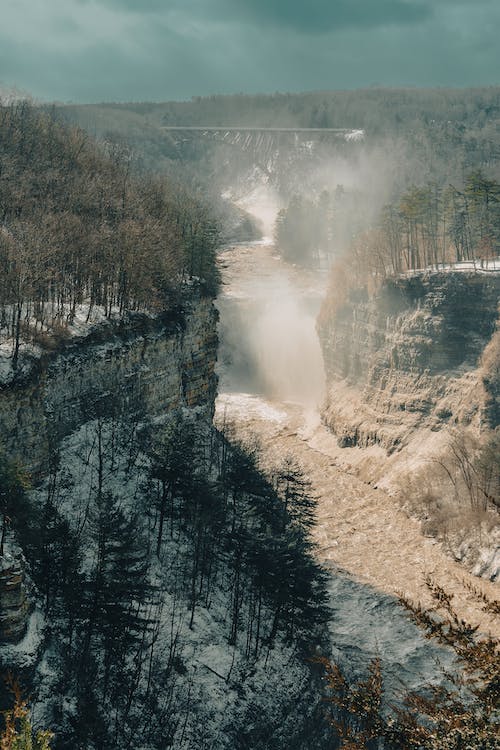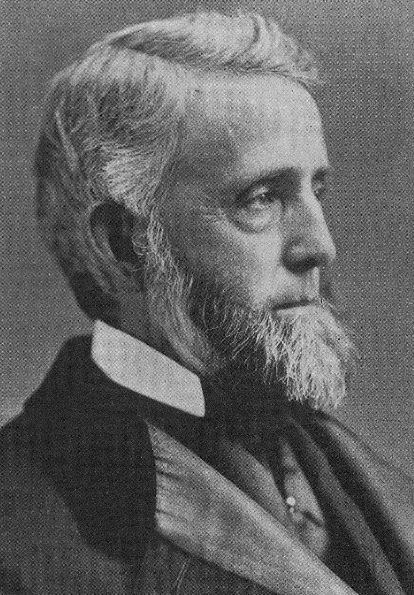Letchworth State Park, also known as the “Grand Canyon of the East,” is one of the most scenically spectacular areas in the eastern United States. The Genesee River roars through the gorge over three major waterfalls between cliffs that reach 600 feet in some places and are surrounded by lush forests. It spans more than 14,000 acres and contains spectacular vistas, more than 30 waterfalls, a major dam, campsites, historic buildings, museums, and plenty of activities to embark on. In 2014, it catered to 644,441 visitors and was named the best state park in the United States in 2015 thru a poll conducted by the USA today. This is an astounding record knowing that the country cradles nearly 8,000 state parks including the best New York parks for picnic that visitors and residents flock into.
A Brief History
Letchworth State Park was established in 1907 by the pen of New York State Governor Charles Evans Hughes. The gift of a retired businessman and philanthropist, William Pryor Letchworth, was a fine addition to the fledgling state Park system.
The new Park was made up of the thousand-acre estate known as “Glen Iris,” which Letchworth had lovingly developed over the previous half-century. The Park was a treasure trove of natural beauty and history, waiting for those who were willing to explore it. And they have been coming for nearly a century.
The Seneca referred to the area as Sehgahunda, or the Vale of Three Falls. They were the descendants of the Old Ones, the Native Americans who had lived in the Valley for many generations. Within the boundaries of what would become Letchworth Park, the Senecas hunted, fished, and built their villages. Among them was Dehgewanus, also known as the Indian Captive Mary Jemison, the Old White Woman of the Genesee by white men.
Dehgewanus arrived in the Valley during the Revolutionary War and witnessed the Valley’s transformation from Indian lands to the western frontier of the new United States from her home on the Gardeau Flats. As pioneers built their farms and communities along the Genesee River, they became her neighbors. The pioneer era had already passed when Dehgewanus and her family left Sehgahunda in the early 1830s.
From the 1830s to the Civil War, Portage’s lands were swept by progress. The Glen’s residents were soon connected to the outside world by canal and railroad. Local products found new markets, and an increasing number of tourists visited the Portage Gorge by boat and train.
However, progress had taken its toll. Much of the ancient forest had been reduced to lumber and potash, and mills had harnessed the Upper and Middle Falls. Visitors could see the gorge from the great Portage Wooden High Bridge, but they could only imagine how beautiful it had been only a few decades before.
One visitor believed that what had could happen again. The Glen Iris Estate was founded by William Pryor Letchworth, who purchased the land surrounding the Middle Falls. For the next fifty years, he would expand and develop his holdings, carefully restoring the Valley’s natural beauty while opening the grounds to visitors. Mr. Letchworth recognized the importance of Glen’s history and worked to preserve and present it to visitors to his Council Grounds and Museum, both of which are still open to the public today.
He bequeathed to the people of New York State the Glen Iris Estate, a place of natural beauty and rich history where thousands of people explore and bask on the bounty of nature. This remarkable park extensively preserved the gift of nature and an edge beyond modern parks like Athens Square Park which is situated in the more populous area of the city.
Following Mr. Letchworth’s death at Glen Iris in 1910, the Park began its transformation into a State Park. The American Scenic and Historic Preservation Society, whose Letchworth Park Committee oversaw the initial changes, was in charge at first. When the Genesee State Park Commission took over in 1930, they had big plans for the young park. If it hadn’t been for the Civilian Conservation Corps, the Great Depression would have put an end to all those plans.
The Park was closed for much of World War II due to gasoline rationing, but when the war ended, the stage was set for rapid growth and development. Letchworth State Park grew and evolved under the direction of State Officials, Park Administrators, and generations of dedicated Park employees. With nearly 14,000 acres and a diverse range of programs and facilities, the Park now attracts over a million visitors per year.
Facts about Letchworth State Park
Mary Jemison’s grave is one of the most visited attractions in the park.
Jemison, known as the “White Woman of the Genesee,” was captured by Shawnee Indians at the age of 15 and adopted into their tribe. She later married Sheninjee, a Delaware Indian, and had a son named Thomas (after her own father). She married a Seneca Indian and had six more children after Sheninjee died. Mary was a well-liked member of the tribe and a skilled negotiator when it came to tribal land issues. She died in Erie County in 1833 at the age of 90. Nearly 40 years later, William Pryor Letchworth became interested in her story and had her body returned to the park, where she was reburied next to the cabin, she had lived in. A magnificent statue of Mary, in full Indian dress, stands near her grave.
Letchworth State Park is a hiker’s dream.
With more than 65 miles of hiking trails, you can explore all the park’s wonders on foot. There are 21 numbered trails (and one “secret one”) in the park, including Gorge Trail (7 miles), which offers a view of Inspiration Point; Footbridge Trail (.05 miles), which is short but offers the only way across the gorge from east to west via a stone bridge; Smokey Hollow Trail (2.5 miles), which takes you past several of the park’s smaller waterfalls; and Gibsonville Trail, which takes you by an old abandoned Civilian Conservation Camp from the 1940s. Inquire about the Letchworth Trail, the granddaddy of them all (20 miles). This trail is unnumbered in the park and is part of the 900-mile-long Finger Lakes Trail System.
The Letchworth State Park “Dollar Blessings” ritual is one of the park’s newer traditions.
Hikers leave rolled-up dollar bills for others to find along hiking trails. These bills are accompanied by handwritten blessings and inspirational messages.



